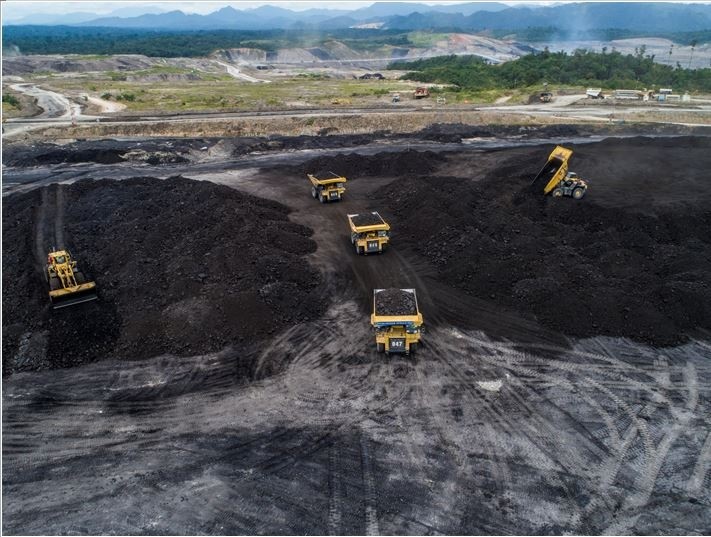The Just Energy Transition Partnership (JETP) has suggested that emissions reductions from the early retirement of coal-fired power plants be marketed as carbon credits, and that funds be provided to facilitate the program.
JETP secretary Paul Butarbutar noted that grants, concessional loans and public funding, including through the purchase of carbon credits, were all part of the JETP funding prepared by Indonesia’s partner countries.
Tenggara Strategic, a think tank connected to The Jakarta Post, noted that a key aspect of PLN’s strategy to decrease carbon emissions was the early retirement of coal-fired power plants, which, according to PLN estimates, required US$4.2 billion in funding.
Last year, the country received pledges totaling US$20 billion from several developed countries and global private lenders through the JETP.
The Asian Development Bank’s (ADB) energy transition mechanism (ETM) is a similar scheme to phase out coal power.
“The 5 gigawatts [of coal power generation capacity included in the phaseout], generate 6,132 GWh per year, so if the discontinued coal fired power plants produce 1,000 tons of CO2 per GWh, there will be a decrease of 61.3 million tones over the next 10 years. To prevent emissions, we can sell them as carbon credits through a business-to-business or government-to-government mechanism,” Paul said on Monday.
Paul added that the government needed to provide guarantees to the market regarding the reduction in emissions from coal-fired power plants’ early retirement. This provision means the government has to ensure the coal-fired power plants are shut down for good, without a chance of resuming operations.
Buyers would have to be assured “that the reduction in emissions is permanent. If one party wanted additional or high-integrity carbon credits, it could be presented as a business that is not a business-as-usual scenario,” Paul said.
The government also had to guarantee that no greenwashing loopholes existed for parties to exploit the carbon credit trading system. The use of the proceeds from carbon credits should be overseen by the government, he said, adding that it had to be tied only to the advancement of renewable energy.
“The suspension of coal-fired power plants is tied to worldwide pricing. However, there is currently no mechanism [for translating avoidance into carbon credits]. It is anticipated that [a mechanism] will be ready around November with an unconfirmed public consultation. There are still two unresolved issues at this time,” he said.
The International Partners Group (IPG) and the government have been in negotiations but have yet to reach an agreement on the interest rate or tenor of the concessional loans.
The funding of coal power plant retirement under the JETP could potentially place a burden on the state budget, according to Tenggara Strategics researcher Eva Novi Karina, because of the undetermined interest to be paid for subsidized loans under the public funding scheme.
If the concessional loans’ interest rates were not significantly lower than the commercial loan interest rate, the JETP project would unduly increase Indonesia’s foreign indebtedness, Eva warned, adding that $10 billion of the JETP funds would be commercial loans with “exorbitant” interest rates.
“Relying on private funds to attract foreign investment, the coal plant early retirement project faces hurdles. There are foreign investors who are still reluctant to invest in coal projects, including the early retirement of plants,” Eva said.
“Early retirement of coal-fired power plants is still classified as a red category in the green taxonomy. Hence, there aren’t many investors who would include coal in their portfolio.”
Previously, Coordinating Maritime Affairs and Investment Minister Luhut Panjaitan said he had traveled to Washington, DC, to meet US climate envoy John Kerry but had received no concrete answer about the funding.
The early coal retirement plan would not be fundable if the grant amount was less than 1 percent of the total JETP funding, Eva said, because that amount was needed for feasibility studies and the interest rate on commercial loans was fairly high.
Image source: Reuters/Willy Kurniawan








